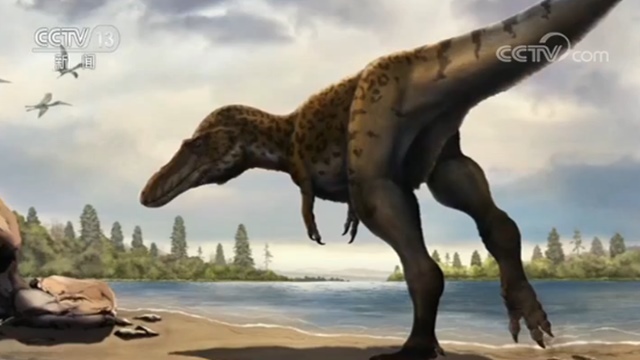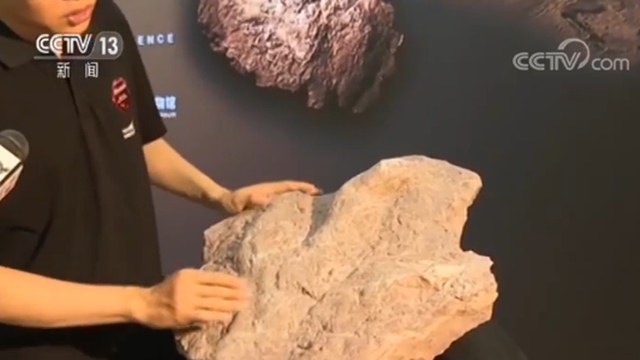Rare! Exposure of the discovery process of the first Tyrannosaurus rex footprint in Asia in Ganzhou, Jiangxi Province
CCTV News:Yesterday (July 29th), experts and scholars of paleontology at home and abroad announced in Nan ‘an, Fujian that the dinosaur footprint discovered in Ganzhou, Jiangxi a few months ago was the first discovery of Tyrannosaurus rex footprint in China and even in Asia.
Tyrannosaurus rex, also known as Tyrannosaurus rex, is a super-large carnivorous dinosaur, belonging to theropod. A typical Tyrannosaurus Rex is 12.8 meters long, 5.5 meters high and weighs about 6.8 tons. It has a strong cervical vertebra, weak forelimbs and well-developed hind limbs and tail. They lived in the last 3 million years of the Late Cretaceous about 68.5 million to 65.5 million years ago. Then, in Cretaceous — — Disappeared in the Paleogene extinction event.

Xing Lida, an associate professor at China Geo University, said: "It is a kind of animal that lives at the top of the whole dinosaur food chain. By the end of Cretaceous, we found that Tyrannosaurus rex itself and its relatives, even skeleton fossils, were very rare. In the whole of China, the dinosaur footprints of Tyrannosaurus rex were definitely not found, so this time it was a very accidental opportunity. "
According to experts, a few months ago, a construction team in Ganzhou, Jiangxi Province, found a huge red sandstone with a strange mark on it while repairing roads. After expert appraisal, it was found that this was the footprint of a Tyrannosaurus Rex.
Xing Lida: "This is its middle toe, and this is its toes on both sides, very strong second toe, third toe and fourth toe. The existence of this bulge means that we can classify it as a carnivorous dinosaur. Other features include that its toenails are very sharp, and its heels are very round and the overall width is very wide, which means that this dinosaur has evolved many features to increase its grip. "

At present, this Tyrannosaurus Rex footprint fossil is in the Yingliang Stone Natural History Museum in Nan ‘an, Fujian. According to the staff of the museum, next, this fossil will be exhibited with other kinds of footprint fossils.
Liu Liang, curator of Yingliang Stone Natural History Museum, said: "Stone, as a true recorder from the formation of the earth to the emergence of human beings to modern civilization, plays a very obvious role in this process, which is why we focus on the field of fossils and constantly explore some new major discoveries."